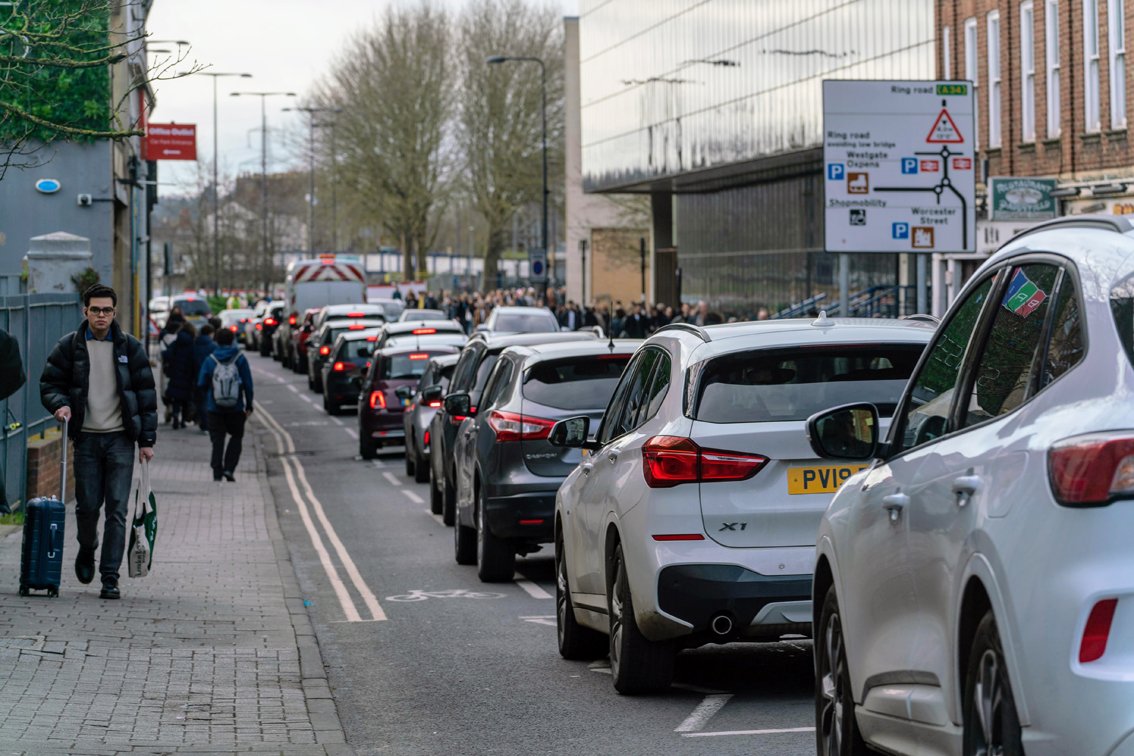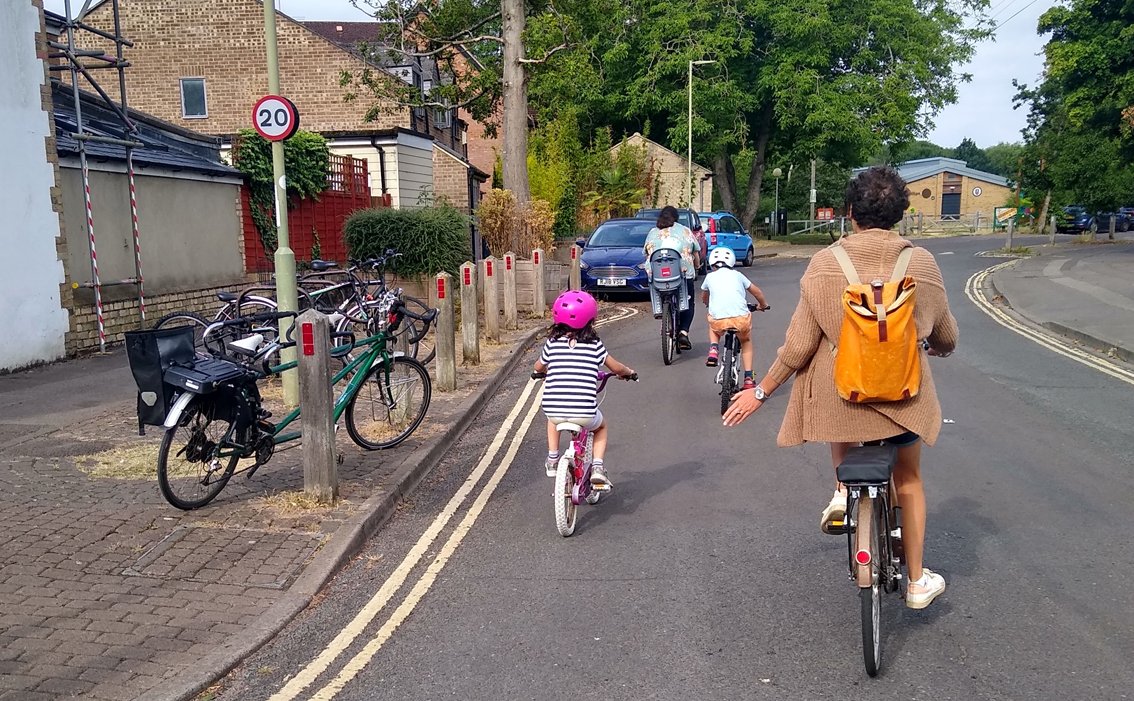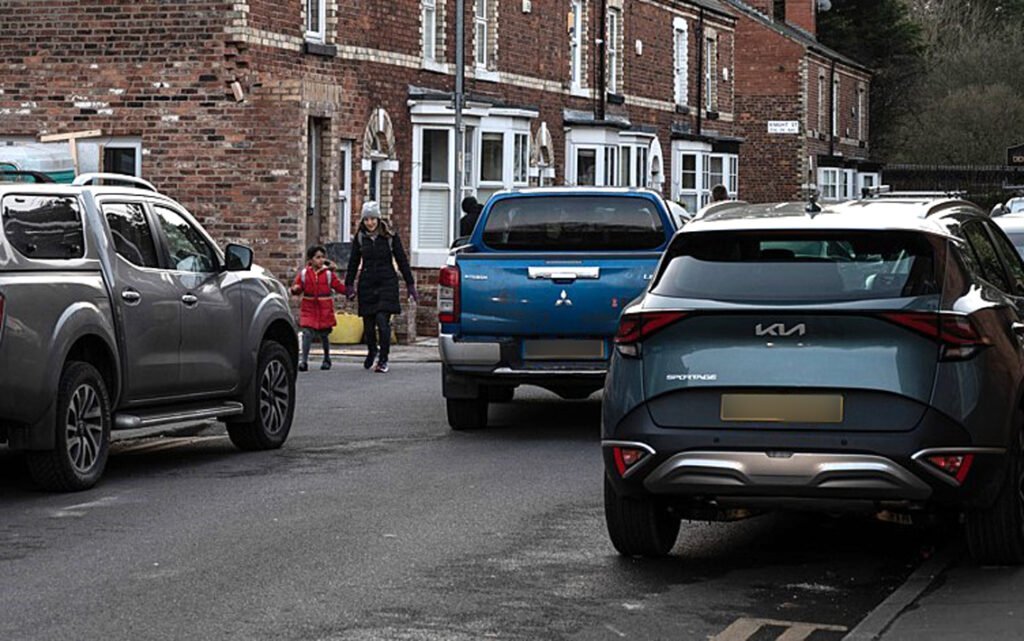‘Doing something’ about Oxford’s transport

By Zuhura Plummer
Zuhura is Campaign Director for Oxfordshire Liveable Streets
When it comes to Oxford’s traffic, everyone agrees there is a problem. I have yet to meet someone who loves sitting on a stationary A34, or enjoys their car filling with fumes from the car in front while crawling along at 5 mph.
A lot of people would go further, and say that something should be done about this problem. However, this is where agreement breaks down – because finding workable solutions which will actually have an impact is hard. It is much easier to reject every proposed solution, because in the absence of magic wands, all solutions have some downsides. But endlessly rejecting every plan is the same as saying ‘let’s do nothing’.
Doing nothing is not an option
The amount of housing being built, and planned, in this county is staggering – 100,000 new homes this decade. Complicated housing formulas from Westminster, combined with Oxfordshire’s attractions for science, technology and industry, mean we are predicted to have a 15% rise in population by 2030. This is on top of the 11% rise in population we had in the 2010s. While the District Councils give permission for this housing – grudgingly or enthusiastically – the County Council is left with the unenviable task of making transport work. Combine the growth in housing with a rise in the average number of cars per household, now at 1.42 in the southeast, and you have a lot more cars on your roads.
We carry on saying something should be done, but never agreeing on the solutions.

Part of the problem is that this change is not sudden. The housing goes up bit by bit, the traffic gets slightly worse, we adjust our expectations, but we don’t feel the impacts in one go. We carry on saying something should be done, but never agreeing on the solutions. If we could fast forward to 2030 and feel the gridlock, most of us would conclude that getting a plan in place, however imperfect, is better than doing nothing.
And that plan is going to have to involve more than just asking people politely if they would mind awfully getting out of their cars and onto buses or bikes. We’re all going to have to acknowledge that buses can’t be speeded up, and cycling can’t be safer, until there are fewer cars on the road.
What are the solutions?
It is hard. Housing, jobs and people’s identities have been shaped around driving. But there are many ways that the numbers of cars carrying one person could be reduced. One of the best is sharing car journeys. This will work at large employers, and at schools with high car drop-off rates (overwhelmingly private schools). It saves money, means fewer driving hours for workers or parents, and you might even meet someone nice along the way.

We have a choice about the world we create.
Central Oxford employers will have to step up and make this happen. If colleges and private schools want all the advantages of their lovely central Oxford locations, and they want staff, they need to make lift sharing easy and buy into one of the excellent, secure lift-sharing services. There are many companies and organisations that can afford to do this. Oxfordshire’s 2030 population cannot afford for them not to.
We have a choice about the world we create. If we make changes to speed up buses and get people walking and cycling, they will. If we do nothing, and cars remain the default way to get around, critics can say this proves that change is impossible. Ask anyone who has made hard, long-term changes in their own life – if you do not do anything different, nothing different will happen. That is one thing we can be sure of.
Image credits
Main photo: Bill D’Alessandro
Kids cycling: Jamie Clarke
Car-filled street: Zuhura Plummer
